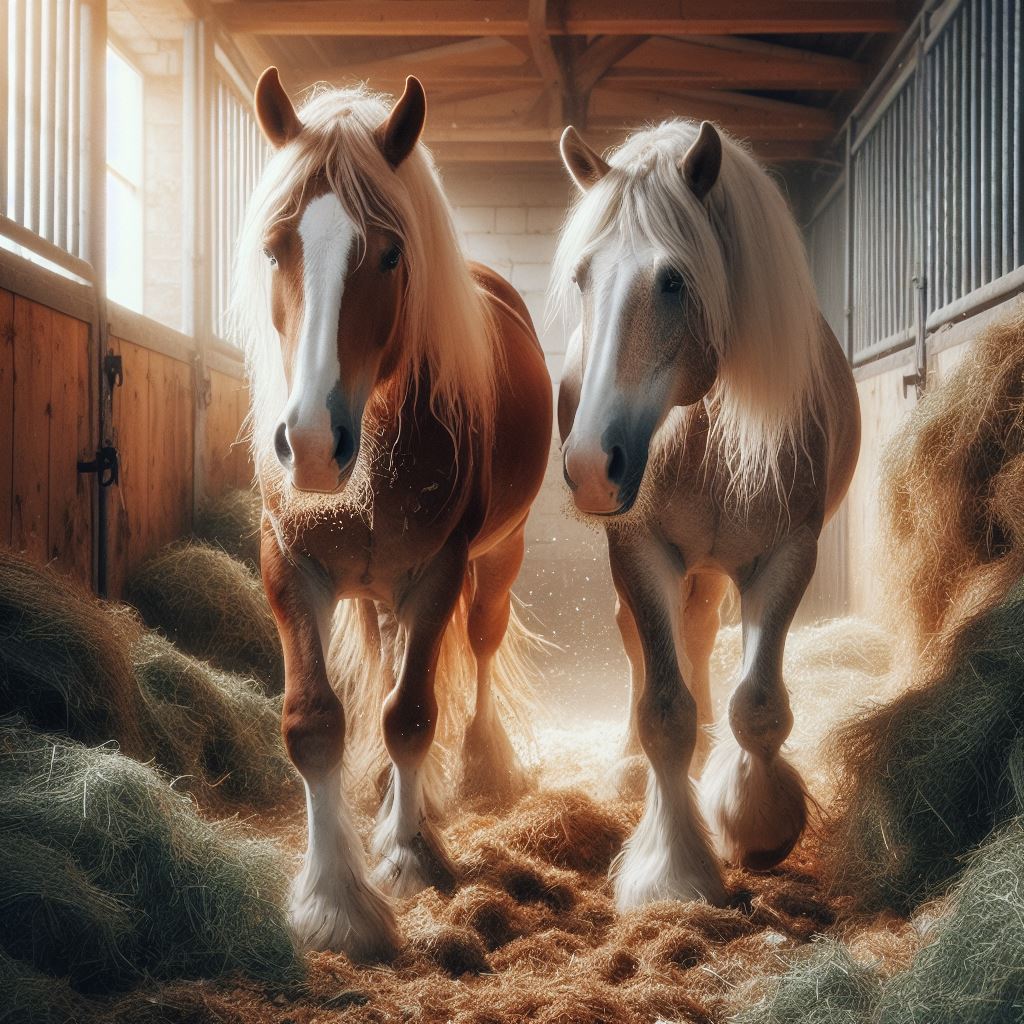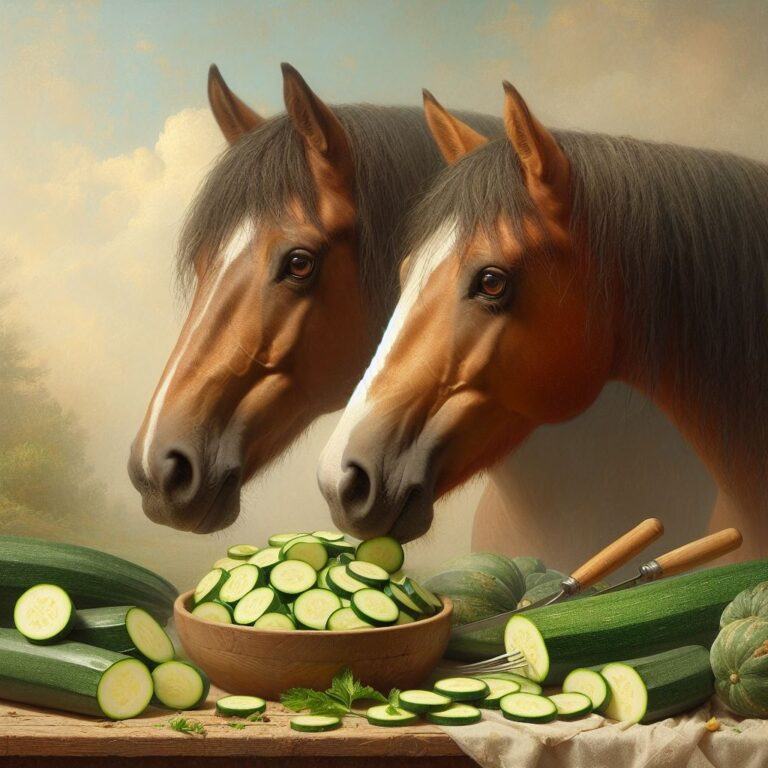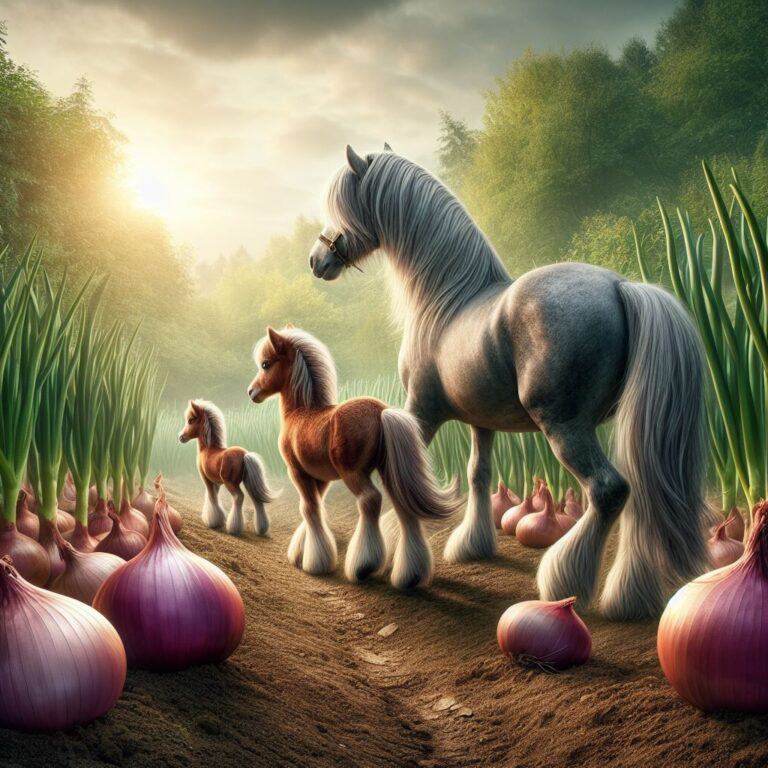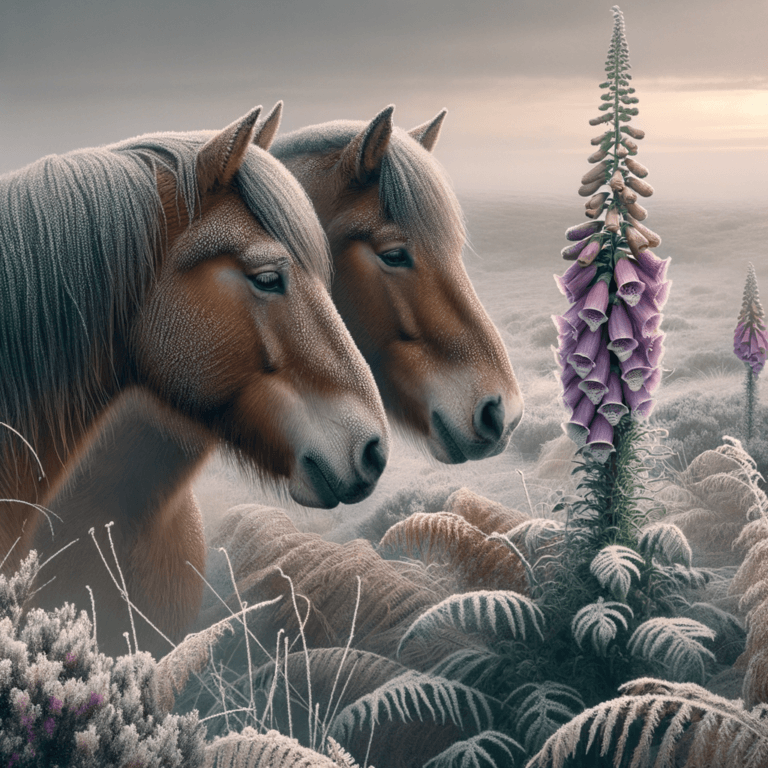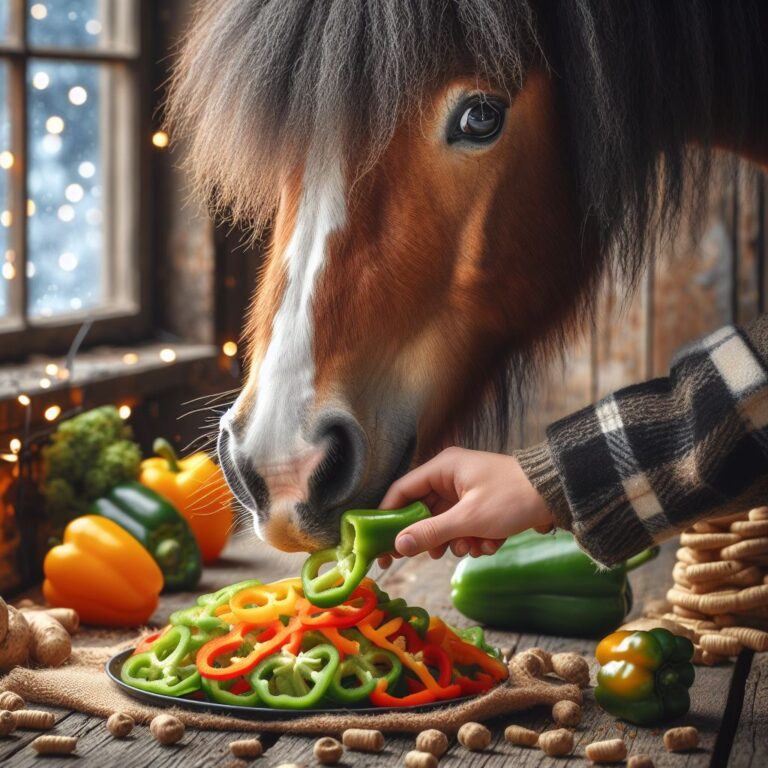Can Horses Safely Eat Moldy Hay
No, horses cannot safely eat moldy hay. Moldy hay can be extremely dangerous and potentially fatal for horses if consumed. As responsible horse owners, it’s crucial to understand the risks and take necessary precautions to prevent our horses from ingesting moldy feed.
Hay is a staple in a horse’s diet, providing essential nutrients and fiber. However, when hay becomes contaminated with mold, it can be very dangerous for our horses if they eat it.
Risks of Moldy Hay for Horses
So, mold is a type of fungus that can grow on hay, particularly when it’s exposed to moisture and warm temperatures during storage or transportation.
While some molds are relatively harmless, others can produce toxic compounds known as mycotoxins, which can be incredibly harmful to horses.
One of the most significant risks of horses eating moldy hay is a difficulty when breathing. Mold spores can irritate the horse’s delicate respiratory system, potentially leading to conditions like heaves (recurrent airway obstruction) or pneumonia.
Horses with pre-existing respiratory problems are especially vulnerable.
Also, certain molds can produce neurotoxins that can affect the horse’s nervous system, causing neurological problems such as seizures, tremors, and lack of coordination. These symptoms can be life-threatening and require immediate veterinary attention.
Mycotoxin poisoning is another severe consequence of consuming moldy hay. Mycotoxins can damage various organs, including the liver and kidneys, and can even cause reproductive issues in broodmares.
In extreme cases, mycotoxin poisoning can lead to colic, a potentially fatal condition in horses.
It’s important to note that the effects of moldy hay can vary depending on the type of mold present, the amount ingested, and the horse’s overall health and age.
However, the risks are significant enough that preventing horses from eating moldy hay should be a top priority for any responsible horse owner.
Identifying and Preventing Moldy Hay
Identifying moldy hay can be relatively straightforward, but it’s essential to be vigilant and inspect each bale carefully before feeding it to your horse.
Look for visible signs of mold growth, such as discoloration, musty odors, or fuzzy patches. Additionally, pay attention to any signs of excessive moisture or heating within the bales, as these conditions can promote mold growth.
Proper storage and handling techniques are crucial to preventing hay from becoming moldy.
Always store hay in a dry, well-ventilated area, and avoid stacking bales too tightly, which can restrict airflow and trap moisture.
If you notice any signs of mold or moisture during storage, promptly remove the affected bales and discard them safely.
Before feeding hay to your horses, carefully inspect each bale for any suspicious signs of mold. If you encounter moldy hay, do not feed it to your horses under any circumstances.
Instead, safely dispose of the contaminated bales and thoroughly clean the area where they were stored to prevent further mold growth.
If you find yourself in a situation where good quality hay is unavailable, consider safer alternative feed options.
These may include hay replacers, complete feeds, or other forage sources like fresh pasture grass or hay cubes.
I always recommend consulting with a horse nutritionist or your veterinarian to ensure your horse’s dietary needs are met while avoiding potential health risks.
Remember, if you suspect your horse has consumed moldy hay, it’s crucial to seek immediate veterinary attention.
Early intervention can help mitigate potential health consequences and improve the chances of a full recovery.
Guarding Against Mold and Safe Alternatives
To reiterate, horses cannot safely eat moldy hay. The risks associated with moldy hay consumption, including respiratory issues, neurological problems, and mycotoxin poisoning, are far too severe to ignore.
As responsible horse owners, we must prioritize our horse’s health and safety by taking necessary precautions.
Proper hay storage, handling, and regular inspections are so important when it comes to preventing mold growth and ensuring our horse’s feed is free from contamination.
Fresh hay and pasture grass should always form the bulk of our horse’s diet, but a few safe treats like apples, carrots, and bananas are great ways to make mealtime more interesting.
If you encounter moldy hay or suspect your horse has ingested it, take immediate action by discarding the contaminated feed and seeking veterinary guidance.
By being proactive and vigilant, you can protect your horse from the potentially devastating consequences of consuming moldy hay.
Remember, your horse’s well-being should always be the top priority, and taking the necessary steps to provide safe, high-quality feed is a fundamental responsibility of horse ownership.

